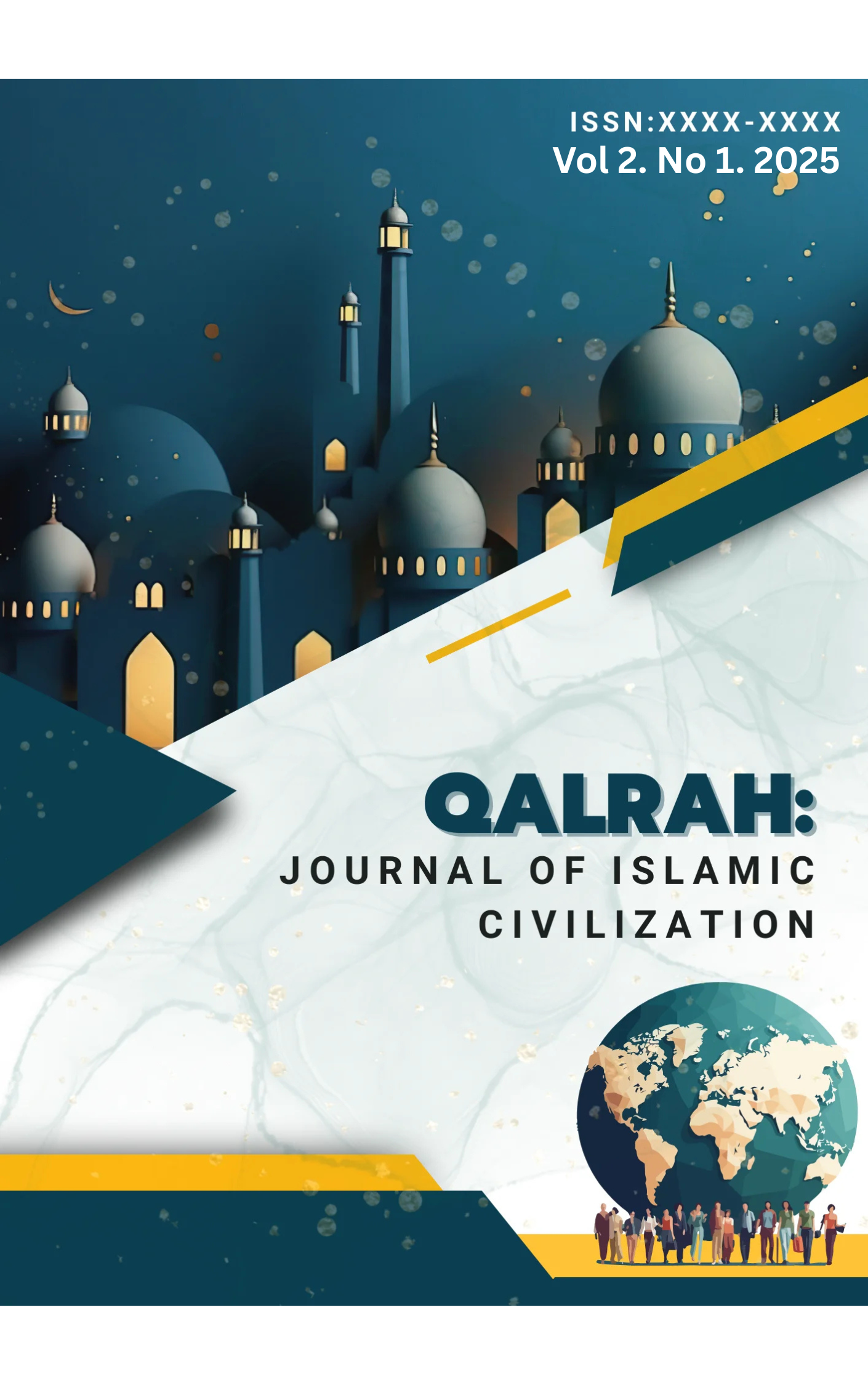The Role of Muslim Merchants in Shaping Indian Ocean Civilization through Trade Routes and Cultural Exchanges
Keywords:
Muslim Merchants, Indian Ocean, Trade RoutesAbstract
This article examines the role of Muslim merchants in shaping Indian Ocean civilization through trade routes and cultural exchanges. Drawing on a historical-qualitative approach, it argues that these merchants were not merely economic actors but also agents of cultural transmission, legal innovation, and social transformation. They facilitated the growth of maritime trade networks, introduced systems of trust and credit grounded in Islamic commercial law, and contributed to the spread of Islam through daily interactions, intermarriage, and the prestige of merchant elites. At the same time, their activities fostered hybrid societies, such as the Swahili coast and Malay world, where local traditions and Islamic practices blended in complex ways. However, this influence was neither uniform nor uncontested: trade often reinforced hierarchies, Islamization was negotiated and selective, and hybrid cultures emerged out of both cooperation and tension. The merchants’ networks also adapted to shifting geopolitical landscapes, from the patronage of Islamic polities to the disruptions of European expansion. By situating Muslim merchants within these broader dynamics, the study highlights their role as connectors and cultural brokers who helped make the Indian Ocean a cosmopolitan arena, while underscoring the uneven, contested nature of this process.
References
Alpers, E. A. (2014). The Indian Ocean in world history. Oxford University Press.
Chaudhuri, K. N. (1985). Trade and civilisation in the Indian Ocean: An economic history from the rise of Islam to 1750. Cambridge University Press.
Eaton, R. M. (1993). Islamic history as global history. Islamic and European expansion: The forging of a global order, 1-35.
Goitein, S. D. (1967). A Mediterranean society: The Jewish communities of the Arab world as portrayed in the documents of the Cairo Geniza. University of California Press.
Ho, E. (2006). The graves of Tarim: Genealogy and mobility across the Indian Ocean. University of California Press.
Hourani, G. F. (1995). Arab seafaring in the Indian Ocean in ancient and early medieval times (Expanded ed.). Princeton University Press.
Kooria, M. (2020). Islamic law in circulation: Shafi‘i texts across the Indian Ocean and the Mediterranean. Cambridge University Press.
Lombard, D. (2005). Nusa Jawa: Silang budaya (Vol. 2). Gramedia.
Margariti, R. E. (2008). Mercantile networks, port cities, and “pirate” states: conflict and competition in the Indian Ocean world of trade before the sixteenth century. Journal of the Economic and Social History of the Orient, 51(4), 543-577. http://dx.doi.org/10.1163/156852008X354634
Metcalf, B. D. (2009). Islamic revival in British India: Deoband, 1860–1900. Princeton University Press.
Mohammed, H. T. (2014). Islam and western culture among the contemporary Swahili of Mombasa island: the interplay between two conflicting cultures (Doctoral dissertation, University of Nairobi).
Mwaliwa, H. C. (2018). Modern Swahili: the integration of Arabic culture into Swahili literature. Tydskrif vir Letterkunde, 55(2), 120-133.
Pearson, M. N. (2003). The Indian Ocean. Routledge.
Rizvi, S. A. A. (2017). A history of Sufism in India. Munshiram Manoharlal
Downloads
Published
Issue
Section
License
Copyright (c) 2025 Qalrah: Journal of Islamic Civilization

This work is licensed under a Creative Commons Attribution-ShareAlike 4.0 International License.


